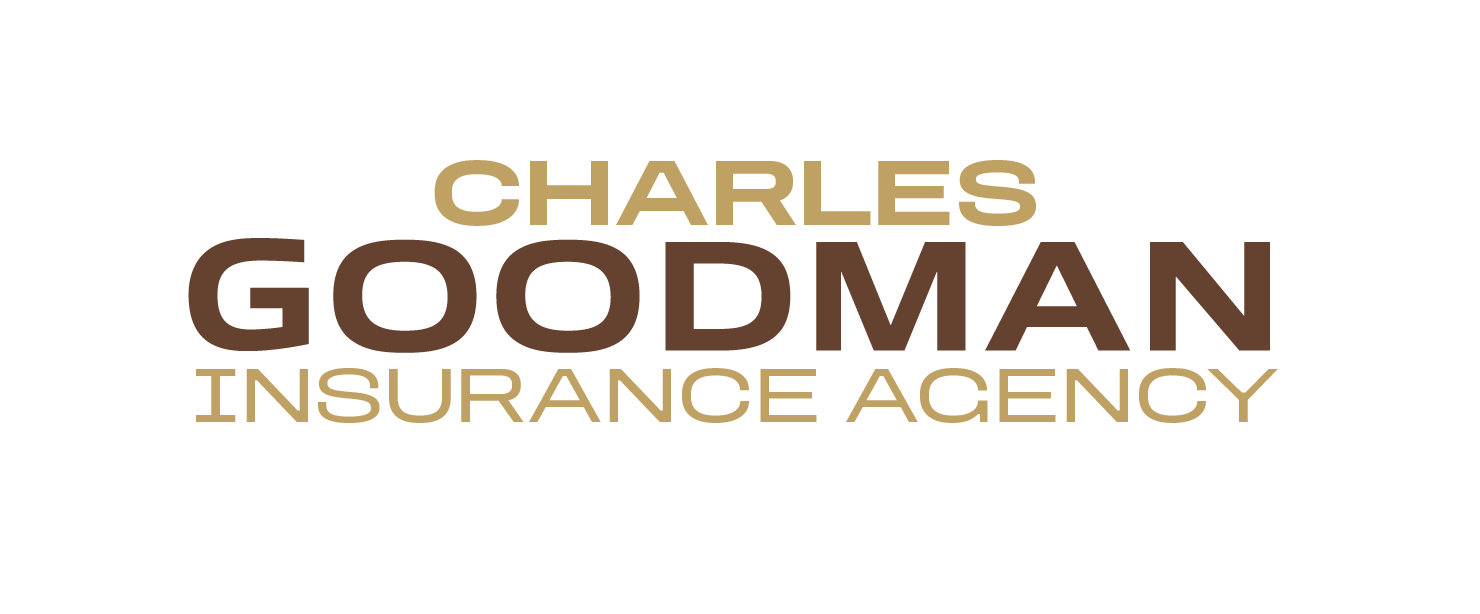Charles Goodman Group: Professional Insurance Agency in Armonk
Automobile insurance is necessary for all drivers. However, understanding auto insurance can be complicated. An Armonk insurance agent is an invaluable resource who can provide detailed information on various automobile insurance policies.
Getting excellent automobile coverage does not need to be expensive. Things like roadside assistance, uninsured motorist coverage and gap coverage provide exceptional protection while only mildly increasing the price of an insurance policy that just has liability coverage.
An understanding of how insurance companies determine car insurance rates can help a driver minimize their monthly premium cost. Underwriting is a process whereby insurance companies evaluate the information provided by a potential client on their insurance application. They use this information to set premium prices. The more risk an insurance company feels a driver presents, the more they will charge them. The criteria that insurance companies use for determining risk vary from company to company. This means that multiple companies could compare the same insurance applicant and come to drastically different decisions about the level of risk they present.
During the underwriting process, the insurance company will examine the driver’s motor vehicle records to see the number of accidents they have been in and how many citations for traffic violations they have received. They will also examine the driver’s insurance history and see if the driver has had insurance claims in the past. They will also look at the amount that was paid for these claims.
Automobile accidents and traffic violations can only affect the insurance rates a driver pays for three years after the incident.
An insurance agent from the Charles Goodman Group of Armonk would be happy to answer any question you have about property insurance or umbrella insurance.
Still, most insurance companies will look back at a driver’s record for the last five years when deciding whether to ensure the driver. A driver’s credit history is another factor used to determine policy rates.
Insurance companies are skeptical of drivers who have a license but who do not have insurance. They view them as risky drivers who are irresponsible. For this reason, if a driver allows their policy to lapse, when they purchase insurance again, it is likely that they will pay a higher premium.
Having a higher deductible lowers premium rates. Remember, insurance companies charge customers based on how much they as an insurance company feel they will have to pay in the event of an accident. If the customer is willing to pay a large portion of the accident out of their own pocket, then the premium rates will drop. If a driver chooses to have a high deductible, they should make sure that they would be able to afford to pay for the deductible when the time comes to make a claim.
Many factors affect the amount a driver will pay for their insurance. Thankfully, many of these factors such as driving history, responsible use of credit and avoiding traffic violations are things that the driver can control, thereby minimizing the amount they pay for insurance.
